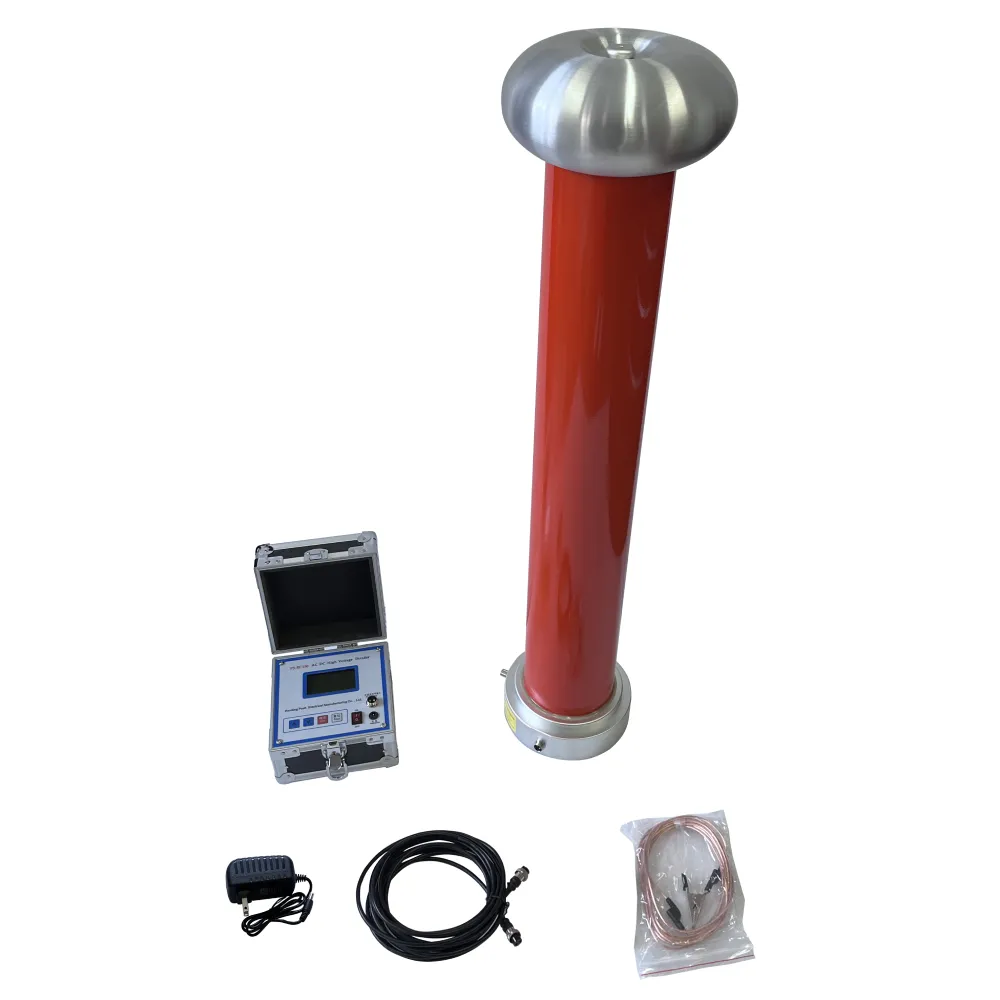 English
English



-
 Afrikaans
Afrikaans -
 Albanian
Albanian -
 Amharic
Amharic -
 Arabic
Arabic -
 Armenian
Armenian -
 Azerbaijani
Azerbaijani -
 Basque
Basque -
 Belarusian
Belarusian -
 Bengali
Bengali -
 Bosnian
Bosnian -
 Bulgarian
Bulgarian -
 Catalan
Catalan -
 Cebuano
Cebuano -
 China
China -
 China (Taiwan)
China (Taiwan) -
 Corsican
Corsican -
 Croatian
Croatian -
 Czech
Czech -
 Danish
Danish -
 Dutch
Dutch -
 English
English -
 Esperanto
Esperanto -
 Estonian
Estonian -
 Finnish
Finnish -
 French
French -
 Frisian
Frisian -
 Galician
Galician -
 Georgian
Georgian -
 German
German -
 Greek
Greek -
 Gujarati
Gujarati -
 Haitian Creole
Haitian Creole -
 hausa
hausa -
 hawaiian
hawaiian -
 Hebrew
Hebrew -
 Hindi
Hindi -
 Miao
Miao -
 Hungarian
Hungarian -
 Icelandic
Icelandic -
 igbo
igbo -
 Indonesian
Indonesian -
 irish
irish -
 Italian
Italian -
 Japanese
Japanese -
 Javanese
Javanese -
 Kannada
Kannada -
 kazakh
kazakh -
 Khmer
Khmer -
 Rwandese
Rwandese -
 Korean
Korean -
 Kurdish
Kurdish -
 Kyrgyz
Kyrgyz -
 Lao
Lao -
 Latin
Latin -
 Latvian
Latvian -
 Lithuanian
Lithuanian -
 Luxembourgish
Luxembourgish -
 Macedonian
Macedonian -
 Malgashi
Malgashi -
 Malay
Malay -
 Malayalam
Malayalam -
 Maltese
Maltese -
 Maori
Maori -
 Marathi
Marathi -
 Mongolian
Mongolian -
 Myanmar
Myanmar -
 Nepali
Nepali -
 Norwegian
Norwegian -
 Norwegian
Norwegian -
 Occitan
Occitan -
 Pashto
Pashto -
 Persian
Persian -
 Polish
Polish -
 Portuguese
Portuguese -
 Punjabi
Punjabi -
 Romanian
Romanian -
 Russian
Russian -
 Samoan
Samoan -
 Scottish Gaelic
Scottish Gaelic -
 Serbian
Serbian -
 Sesotho
Sesotho -
 Shona
Shona -
 Sindhi
Sindhi -
 Sinhala
Sinhala -
 Slovak
Slovak -
 Slovenian
Slovenian -
 Somali
Somali -
 Spanish
Spanish -
 Sundanese
Sundanese -
 Swahili
Swahili -
 Swedish
Swedish -
 Tagalog
Tagalog -
 Tajik
Tajik -
 Tamil
Tamil -
 Tatar
Tatar -
 Telugu
Telugu -
 Thai
Thai -
 Turkish
Turkish -
 Turkmen
Turkmen -
 Ukrainian
Ukrainian -
 Urdu
Urdu -
 Uighur
Uighur -
 Uzbek
Uzbek -
 Vietnamese
Vietnamese -
 Welsh
Welsh -
 Bantu
Bantu -
 Yiddish
Yiddish -
 Yoruba
Yoruba -
 Zulu
Zulu
detc transformer
Understanding DETC Transformers An Overview
Transformers have revolutionized the field of machine learning, particularly in natural language processing (NLP). Among the various types of transformer architectures, the Distant Early Time-Counting (DETC) transformer has emerged as a significant variant due to its unique approach in handling sequential data. The DETC transformer's design caters to the complexities inherent in long-range dependencies, making it a valuable tool for various applications.
What is the DETC Transformer?
The DETC transformer is designed to offer improvements over traditional transformer models, which often struggle with capturing long-range dependencies in sequences. Traditional transformers utilize a self-attention mechanism that, while powerful, can encounter challenges when processing sequences of substantial length. This often leads to inefficiencies and hindered performance due to the exponential scaling of attention operations.
The DETC model addresses these limitations by employing a mechanism that counts the distances between elements in a sequence in a more effective manner. By focusing on distant dependencies without losing sight of local context, the DETC transformer can maintain a robust understanding of relationships over long input sequences.
Key Features of the DETC Transformer
1. Distance Encoding The DETC transformer incorporates distance encoding in its architecture. This allows it to explicitly represent relative distances between tokens in a sequence, facilitating more effective attention to distant tokens.
2. Efficiency One of the standout features of the DETC transformer is its computational efficiency. By optimizing the attention calculations based on distance, the model requires fewer resources and can process longer sequences without a proportional increase in computational complexity.
detc transformer

3. Robustness to Length Variability The architecture is particularly adept at handling inputs of varying lengths. This makes it suitable for a wide range of applications, from text generation to more complex tasks like summarization and question answering.
4. Versatility The DETC transformer is not limited to text processing alone. It can be adapted for other sequential data types, such as time series or genomic sequences, extending its utility across different domains.
Applications
The potential applications for DETC transformers are vast. In natural language processing, they can significantly enhance the performance of tasks like sentiment analysis, where understanding context over long passages is crucial. In the realm of time series analysis, DETC transformers can be employed to better predict trends by capturing dependencies over time.
Moreover, in industries like finance or healthcare, where data is often sequential and complex, the DETC transformer can provide powerful solutions by accurately modeling relationships within the data. Its robustness also allows it to be integrated into more complex systems, providing a backbone for other machine learning tasks.
Conclusion
The DETC transformer represents a forward-thinking evolution in the transformer architecture landscape. By addressing key limitations of traditional models, it enhances the ability to process long_sequences while maintaining efficiency and robustness. As research continues to expand, the DETC transformer is poised to play a crucial role in the ongoing advancements in machine learning and data analysis, opening up new avenues for exploration and application. The future holds promise for continued innovation in transformer architectures, with DETC standing at the forefront of this evolution.
-
Transformer Test Essentials: Insulating Oil Tester and TypesNewsMay.30,2025
-
Grease Testers and Oil Determination OverviewNewsMay.30,2025
-
Exploring Electricity Usage Testers and GeneratorsNewsMay.30,2025
-
Essential Guide to Transformer Oil Testing ToolsNewsMay.30,2025
-
Ensuring Safety with a Circuit Breaker FinderNewsMay.30,2025
-
Electrical Safety Tools Hipot, Dielectric, VLF TestersNewsMay.30,2025



